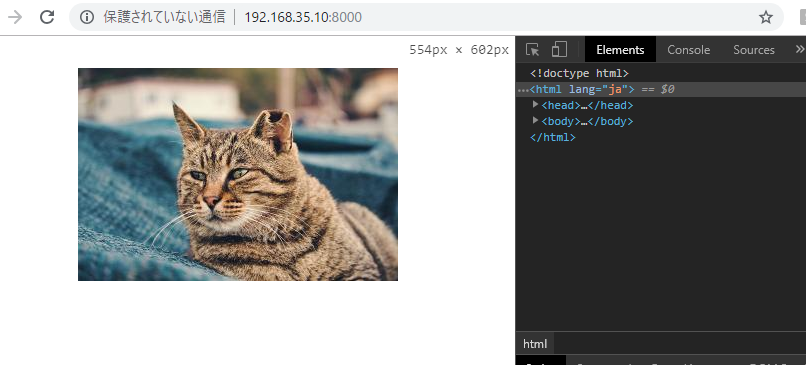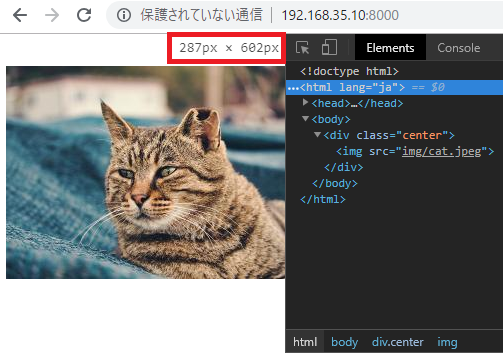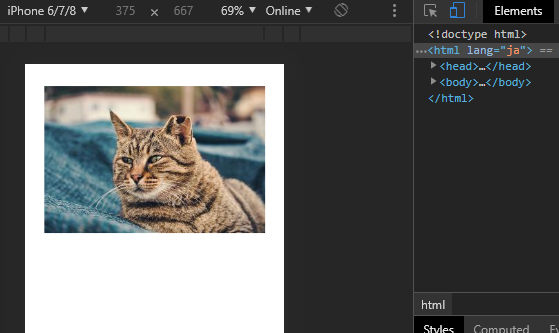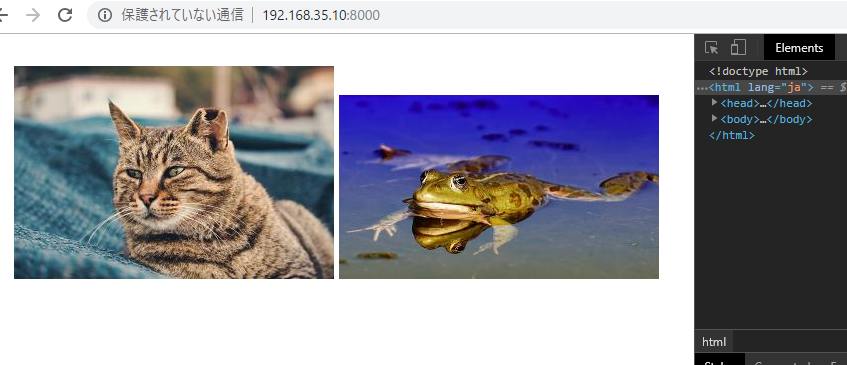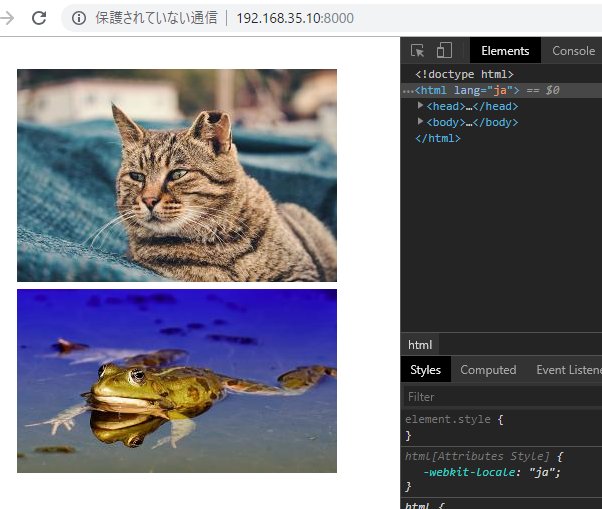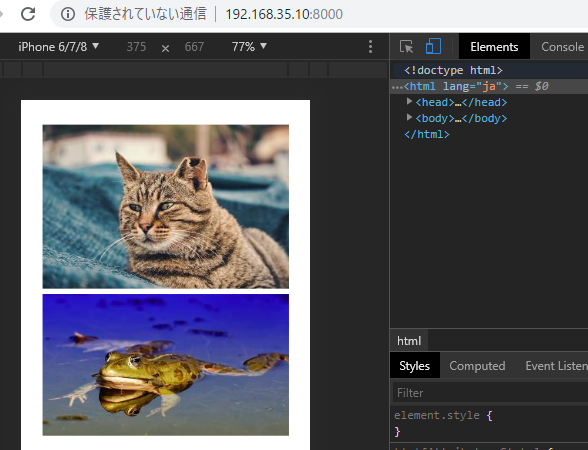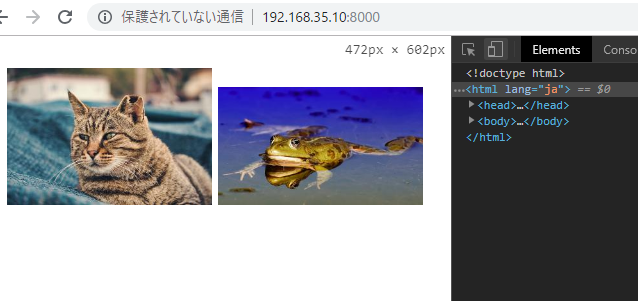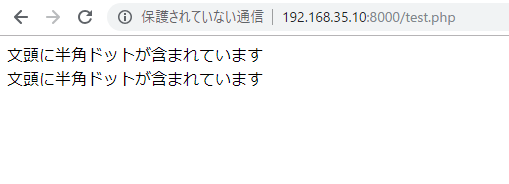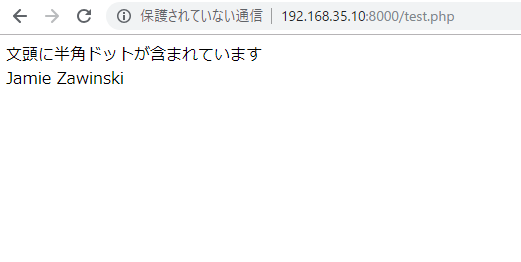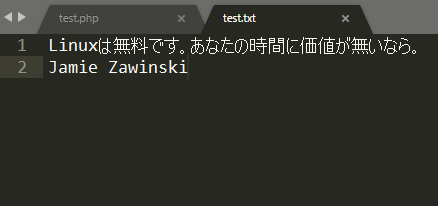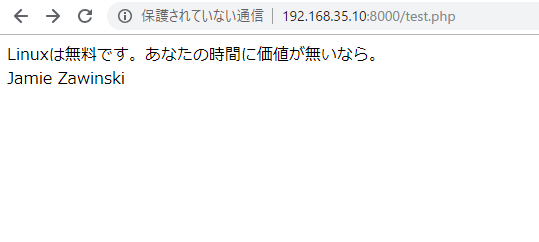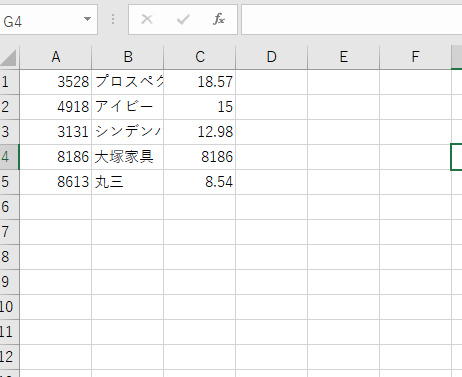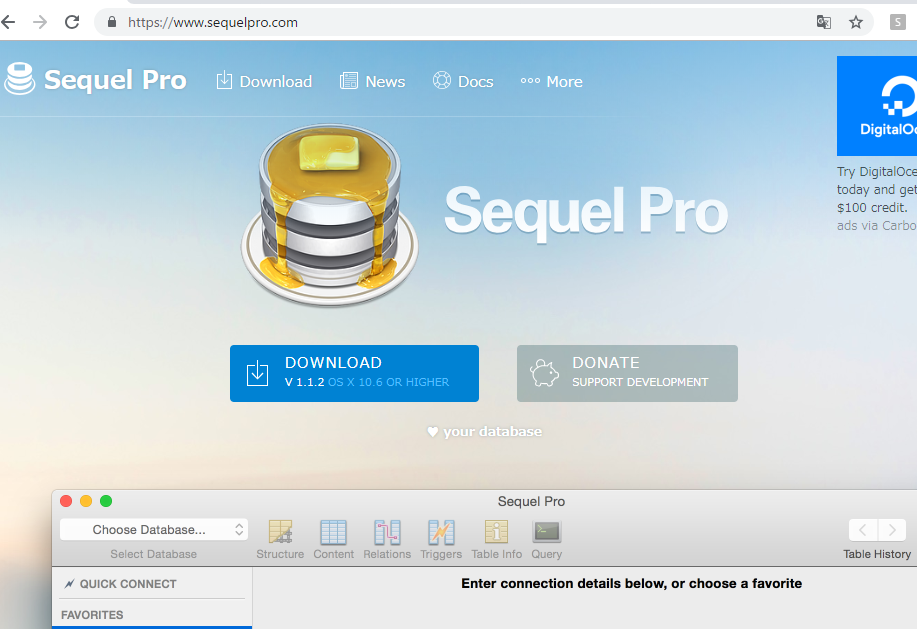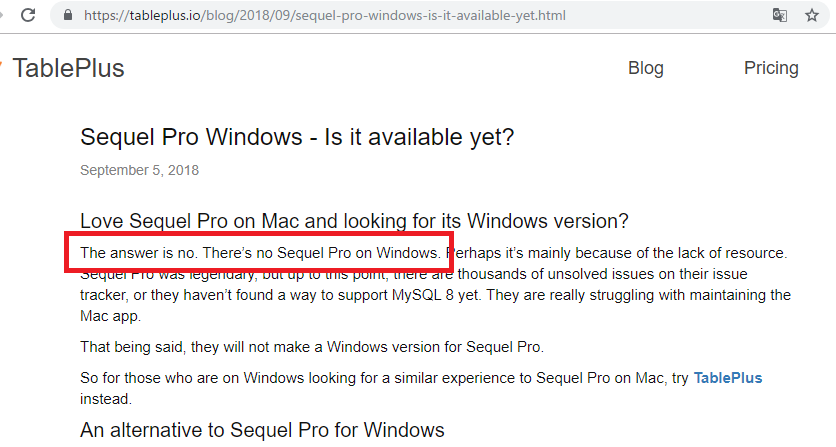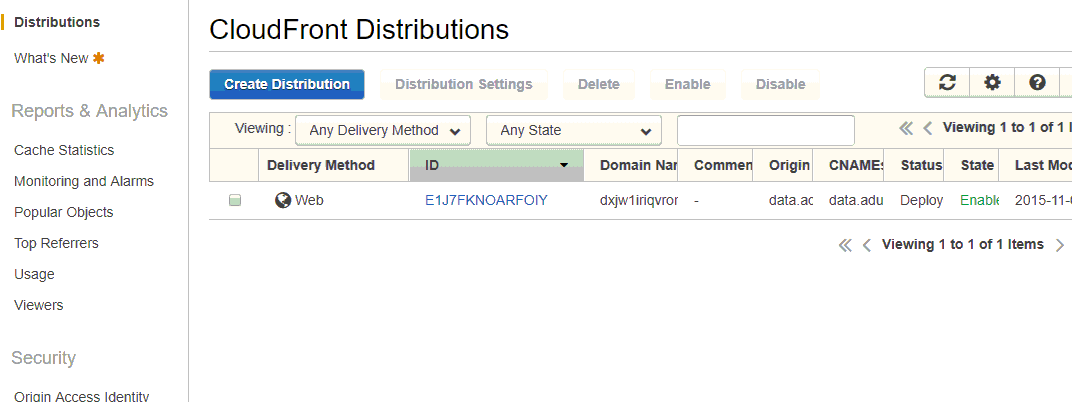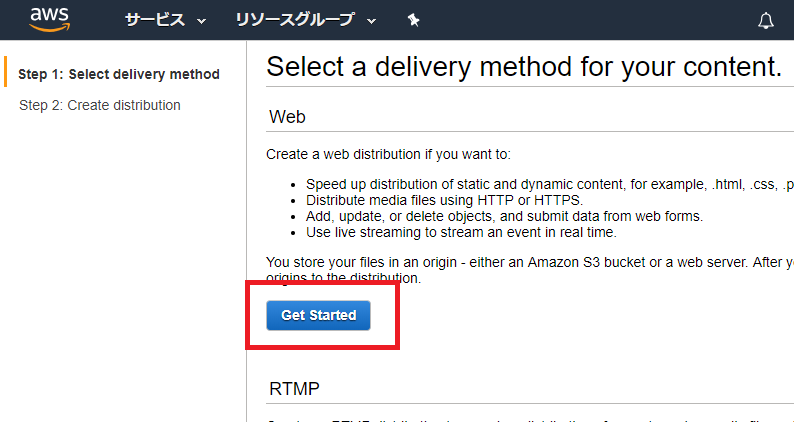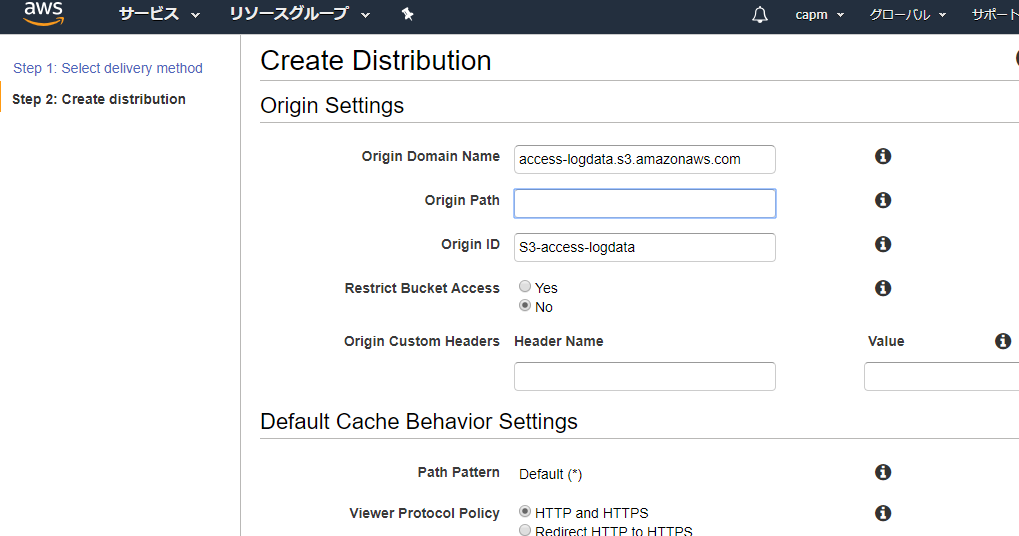httpdにアクセスがあった場合やエラーがあった場合、ログに保存される
場所は以下にあります。
var/log/httpd/access_log
アクセスしようとしたら、permission denied! 何?

とりあえず、アクセス権を変更します。
[vagrant@localhost ~]$ sudo chmod 777 /var/log/httpd/
var/log/httpd/に入れるようになりました。
access_logとerror_logがあります。
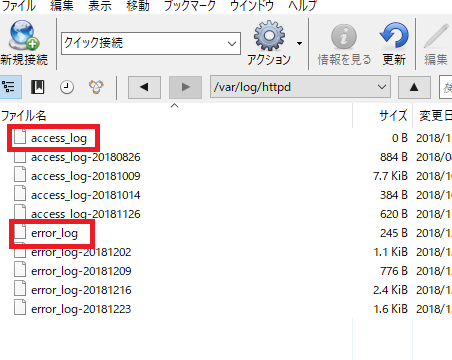
access_log-yyyymmddから見てみましょう。
192.168.35.1 - - [25/Nov/2018:20:48:18 +0900] "GET /login HTTP/1.1" 404 282 "-" "Mozilla/5.0 (Windows NT 10.0; Win64; x64) AppleWebKit/537.36 (KHTML, like Gecko) Chrome/70.0.3538.102 Safari/537.36" 192.168.35.1 - - [25/Nov/2018:20:48:20 +0900] "GET /favicon.ico HTTP/1.1" 404 288 "http://192.168.35.10/login" "Mozilla/5.0 (Windows NT 10.0; Win64; x64) AppleWebKit/537.36 (KHTML, like Gecko) Chrome/70.0.3538.102 Safari/537.36" 192.168.35.1 - - [25/Nov/2018:20:48:59 +0900] "GET / HTTP/1.1" 200 142 "-" "Mozilla/5.0 (Windows NT 10.0; Win64; x64) AppleWebKit/537.36 (KHTML, like Gecko) Chrome/70.0.3538.102 Safari/537.36"
ログフォーマット
%h %l %u %t \"%r/" %>s %b \"%{refferer}i"\" /"%{user-agent}i"
%h リモートホスト:192.168.35.1
%l リモートログ名、mod_identモジュールがロードされており、IdentityCheckディレクティブがOnになっている場合のみ表示。それ以外の場合は『-』と表示。:-
%u リモートユーザ:-
%t リクエストを受信した時刻:25/Nov/2018:20:48:18 +0900
%r リクエストの最初の行:GET /login HTTP/1.1
%>s %sはステータスコード。内部でリダイレクトされた場合でも元々のステータスコードを出力。%>sはリダイレクトされた場合最後のステータスコードを出力。:404
%b HTTPヘッダを除くレスポンスのバイト数:282
%{referer}i サーバが受信したリクエストヘッダのReferer:-
${user-agent}i サーバが受信したリクエストヘッダのUser-Agent:Mozilla/5.0 (Windows NT 10.0; Win64; x64) AppleWebKit/537.36 (KHTML, like Gecko) Chrome/70.0.3538.102 Safari/537.36
/etc/httpd/conf/httpd.confの497行目に記載があります。
#
# The following directives define some format nicknames for use with
# a CustomLog directive (see below).
#
LogFormat "%h %l %u %t \"%r\" %>s %b \"%{Referer}i\" \"%{User-Agent}i\"" combined
LogFormat "%h %l %u %t \"%r\" %>s %b" common
LogFormat "%{Referer}i -> %U" referer
LogFormat "%{User-agent}i" agent
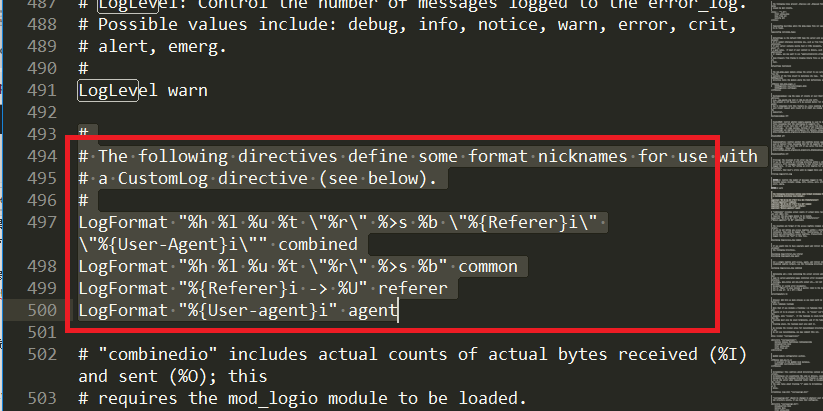
なるほどー そういうこと


